Text
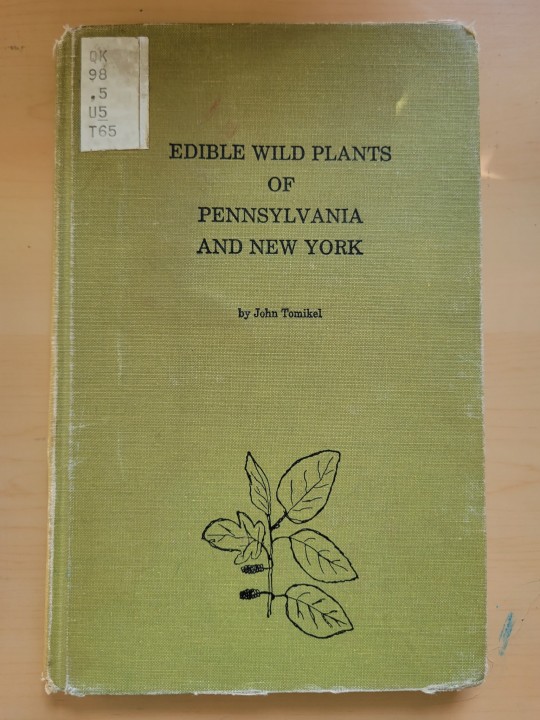



At the beginning of the summer, I had big plans to better my plant ID knowledge and foraging, and staggered home from the library with a giant stack of guidebooks. Which went entirely unread until now, unfortunately. Some of them were older books which I'm flipping through more out of curiosity and an appreciation for line drawings rather than for practical advice - this one is from 1973 and I'm supremely charmed by the author's voice, particularly his attitude of "just because I'm writing the book you're reading about edible plants doesn't mean you should trust anything I say."
298 notes
·
View notes
Text
735 notes
·
View notes
Text
I wonder how old a quarry has to be before any risks foraging there are gone, like I'm sure that there's some pretty nasty chemicals that must get used in the processing...
#Foraging#I have this quarry that's not flooded nearby and it has a ton of neat plants in it#Just don't feel too comfortable harvesting anything where industry has been
0 notes
Text
the little broke forager/apothecary’s best friend is the dollar store.
Cheap non reactive shit made of wood bamboo plastic n glass. The craft aisle- shakers n squeeze bottles n jars galore. Cheap thin fabrics u can wash and use for filtering shit. Labels, stickers, tags, twine, usually craft wire, envelopes and bags in specific tiny sizes, you name it it’s been marked up a million percent anywhere else.
22 notes
·
View notes
Text
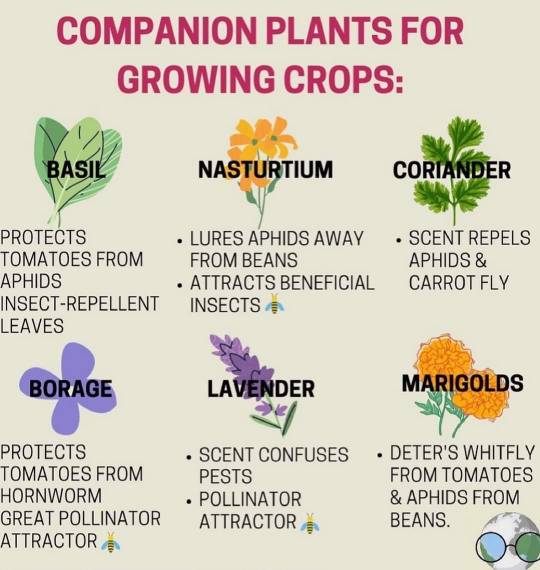

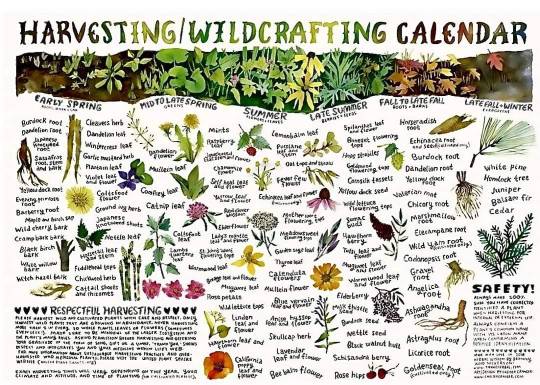
Plant wisdom graphics I stole from Facebook 🪴 🌱 🌿
381 notes
·
View notes
Text
Basics of Making Herbal Home Remedies (With Basic Recipes)
Herbal Teas
Teas or infusions are a simple and enjoyable way to use medicinal plants. There are so many incredible herbs that can be made into teas whether you grow or forage them: rose petals, raspberry leaves, beebalm, mint, echinacea, elder flowers/berries, calendula, nettles, thyme, violet flowers/leaves, lavender, the list goes on and on!
Don't be afraid to create your own herbal blends as long as you know all plants you plan to combine are safe. I love making seasonal blends of whatever I can gather at the time, it makes for a one-of-a-kind tea and a special connection to nature and the seasons.
To Make Herbal Teas:
Leaves and flowers are steeped for about 5-8 minutes to make a tea.
Roots and berries need to be decocted to release their flavor and medicines, this means you'll need to simmer them in water for about 15 minutes.
If you're using fresh herbs use 1 tablespoon for each cup of hot water.
If you're using dried herbs use 1 teaspoon for each cup of water. If you'd like to dry the herbs you collect, here's a link to my post exploring some different drying methods!
Syrups
To make an herbal syrup you'll start with a strong herbal tea. Steep your herbs for a good long time so your tea is nice and strong, 15 minutes to an hour should be good.
Here's two simple methods to make syrup, one with sugar and one with honey:
Sugar Method
1 cup of strong herbal tea
2 cups of sugar
(Optional) 1/4 cup vodka or brandy
Combine your tea and sugar in a saucepan and heat on the stove, stirring until all the sugar is dissolved.
Bring your mixture to a boil and let it boil hard for 3 minutes.
Remove from heat and skim off the top if needed.
Add vodka/brandy if you choose (it keeps it shelf-stable for longer) and pour into a sterilized bottle or jar. Store in the fridge (it should stay good for up to 6 months).
Honey Method
1 cup of strong herbal tea
1 cup of honey
(Optional) 1/4 cup vodka or brandy
Combine your tea and honey in a saucepan and heat gently on the stove to combine. Stir. Not much heat is needed here.
Add vodka/brandy if you choose and pour into a sterilized bottle or jar. Store in the fridge.
Tinctures
Tinctures are an incredible and long lasting way to use your medicinal plants. The alcohol is such a strong preservative that tinctures don't really go bad, at least not for many years. You can use any alcohol you like, but 80-100 proof seems to work really well to pull medicinal components from the plant material. Also keep in mind that very high proof alcohol (like 190 proof grain alcohol) is often too strong for tinctures. A lot of people use whiskey or brandy for tinctures, but others like gin, rum, or vodka will work just fine.
Folk Method for Making Tinctures:
With Fresh Herbs:
1 pint canning jar
Enough fresh herbs to loosely fill the jar
Alcohol to fill
With Dried Herbs:
1 pint canning jar
Enough dried herbs to fill the jar one-quarter to one-third of the way
Alcohol to fill
Add all ingredients to the jar and screw the lid on tight.
Allow it to steep 4-6 weeks, shaking the jar once per day.
After 4-6 weeks strain the plant material out. Your pint jar should have 1-2 cups of tincture depending on the herb you used. This should be enough to last you about a year!
For most herbs, one dropper full of tincture = 1 strong cup of herbal tea. Use as needed!
Salves/Balms/Ointments
A salve/balm is an herb infused oil mixed with a small quantity of wax (usually beeswax). The amount of wax you'll use depends on how hard you want your salve to be.
Some General Ratios for Salves/Balms:
Salve/Ointment: 6-8 parts infused oil, 1 part wax
Lip Balm: 3 parts infused oil, 1 part wax
Lotion Bar: 2 parts infused oil, 1 part wax
Melt down your wax and add the infused oil using the ratios above!
Infusing Oil for Your Salves:
Here's a link to my more detailed post about making herbal oil infusions, but there's two main methods to make an infusion:
Slower Method (takes a few weeks): Fill a jar two-thirds of the way with your herbs and fill it with oil. Stir it up, put the cap on, and leave it in a sunny spot to steep for a few weeks. After a few weeks, strain it and recap it.
Faster Method (takes about a day): Gently heat your oil and herbs with a double boiler, a crockpot on low, a low temperature oven, or a dehydrator. After heating pour your mixture into a jar and let it steep overnight. The next day strain it and recap it.
When you strain your plant matter from your infused oil, give the herbs a good squeeze. They will have absorbed some of the oil and you don't want to miss out on that good herb-rich oil the plants are holding onto!
Source: Sams, Tina. Healing Herbs: A Beginner's Guide to Identifying, Foraging, and Using Medicinal Plants. 2015.
1K notes
·
View notes
Text
Foraging Tips I Wish I Knew When I Started
do not EVER harvest a plant if you arent certain as to what it is. ESPECIALLY if the plant you think it might be has a toxic look-alike.
plant identification apps are everywhere, and very helpful!
you dont need a food dehydrator to dry your herbs. just hanging them up in a sunny spot outside, or using your oven will do the trick! (ill make a post later covering this in more detail!)
make sure youre foraging in a place where its allowed to harvest plants. (so dont try and forage in a national park)
be EXTRA careful with mushrooms!! always make sure you know what mushroom it is, and just to be safe, wear gloves when mushroom hunting, and do spore print when you get home before eating or using the mushroom!
make sure to clean your herbs when you get home, you dont want any bugs that were on them to get in your food or spells
dont take all of the blossoms you see!! make sure to leave plenty for the pollinators!
be respectful to mother earth when you collect the things she has grown. make sure to thank her when youre done too :]
And most importantly, have fun!
blessed be everyone ! 🤍
528 notes
·
View notes
Text

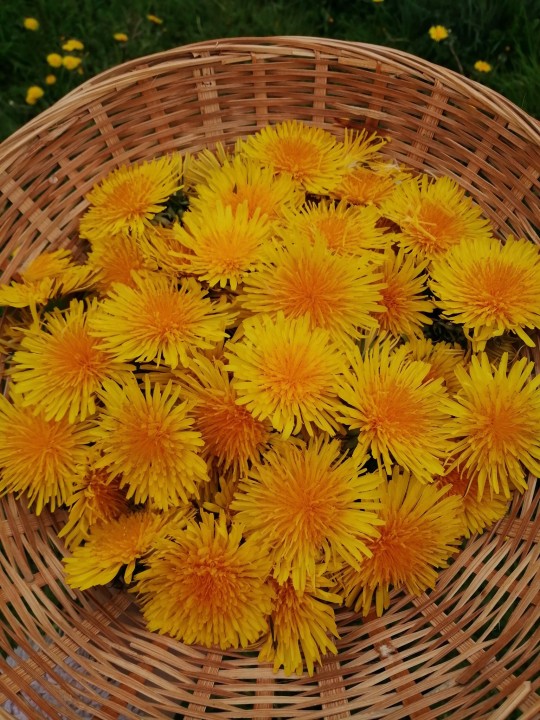
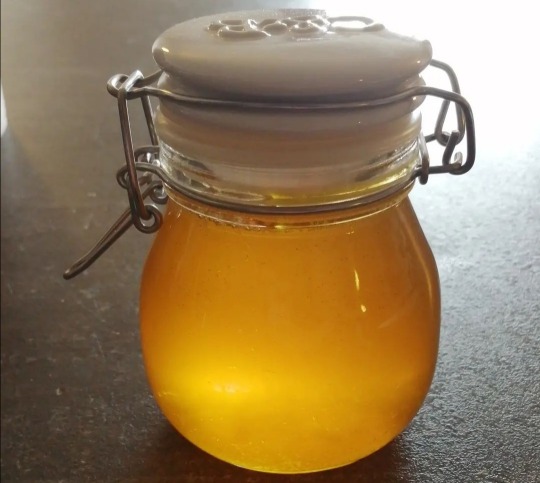
i made dandelion honey!! it looks like a magic potion and tastes incredible!
recipe:
2 cups dandelion petals (removed from the green flowerheads - this took me about 175 flowers for 2 UK cups but anywhere between 150 and 200 should be alright)
3 cups water
1 tsp vanilla essence (you can use bean paste or a whole bean i only had essenxe on hand)
3 lemon slices
sugar
in a pan, bring to the boil and lower the heat slightly to simmer for 30 minutes, then leave to steep overnight or 6-12 hours. strain the liquid through a jam strainer or cheesecloth, then measure the liquid and add an equal quantity of sugar to the liquid (i used grams rather than cups for this part), then gently boil for an hour until syrupy and reduced to about two thirds of the original depth. Pour into a sterilised jar, let it cool, then enjoy!
you can use it as you would normal honey, I've used it on toast, in coffee and in cake so far, all with good results.
tip: it may crystallise like a syrup or honey does, but you can gently heat the jar in a pan of hot water to return it to a liquid state.
always remember to forage responsibly and safely, make sure you don't use a polluted area or where its likely to have been contaminated by dogs etc, and leave some for the bees!
3K notes
·
View notes
Text
This on top of just not liking mushrooms is why I do not forage for them, too risky especially as someone who wouldn't even enjoy what might potentially kill me.
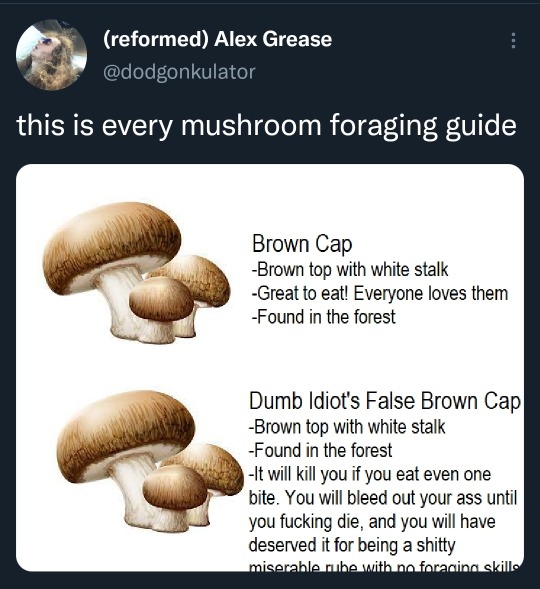
This is too real, help
82K notes
·
View notes
Text
These guys that are my icon image(atm) are Lamb's Quarters! Wild spinach! I'll get some more pictures next time I'm out and I'll do up a more structured identification post but I figured I'd get some content on here!
These plants can be eaten raw, or cooked like spinach (they will reduce the same too so you have to make sure you gather enough). The young leaves taste better so it's usually for the best to harvest the newly grown tips. The easiest way to identify this plant is its spade shaped leaves alongside the fact that this plant produces those white fuzzy crystals which tend to be quite thick on the newly grown tips, the white crystals rub right off when touched. (again I'll do a more detailed identification post with leaf layout etc. soon)
Not only are the leaves edible but the seeds are too when they come in at the end of the summer and they can be ground into a flour!
Cautions: the leaves contain oxalic acid (just like spinach) so large amounts of raw leaves could be dangerous. Cooking removes the acid. I have seen conflicting info related to the seeds, some claim they have a potential toxin and large amounts of seeds should not be consumed, I have also seen sources saying that it is perfectly safe. I'd avoid eating Lamb's Quarters seeds in excess juuuuust in case.
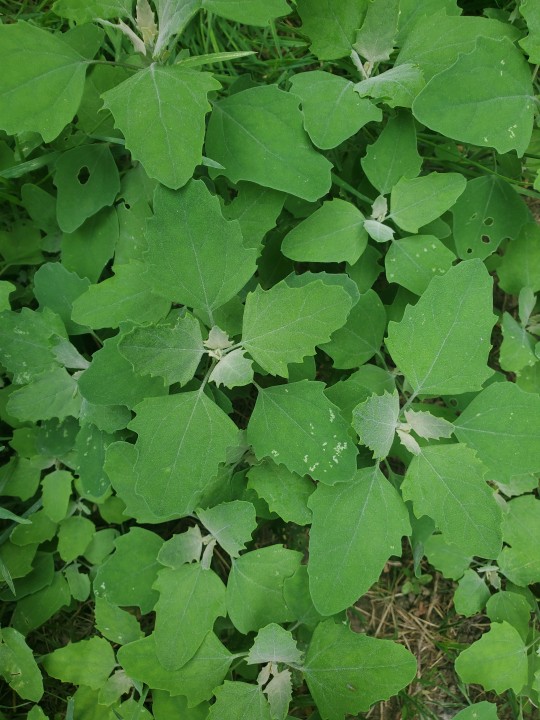
#foraging#Lamb's Quarters#Eat this weed#This is one of the most palatable greens you can find#Pretty much tastes like spinach#Grows all over southern Canada and northern USA#I really need to add my location to my bio#Plants
1 note
·
View note
Text
Alright! So this blog is going to be a bit of a journal of what I've found/identified as well as a bit of a rough draft for writing pages in my fieldbook. Expect errors as this is my hobby not my job! Related to that statement is a disclaimer: please, PLEASE, do not use the info here to identify plants on its own. Always use multiple sources and fact check me. Do not put anything on or in your body without being 100% positive what it is.
#plants#foraging#nature#botany#I'll probably make a post with some pics that I have on my phone at some point today#And later when I go harvest the False Solomon's Seal later I'll do a post on it
3 notes
·
View notes